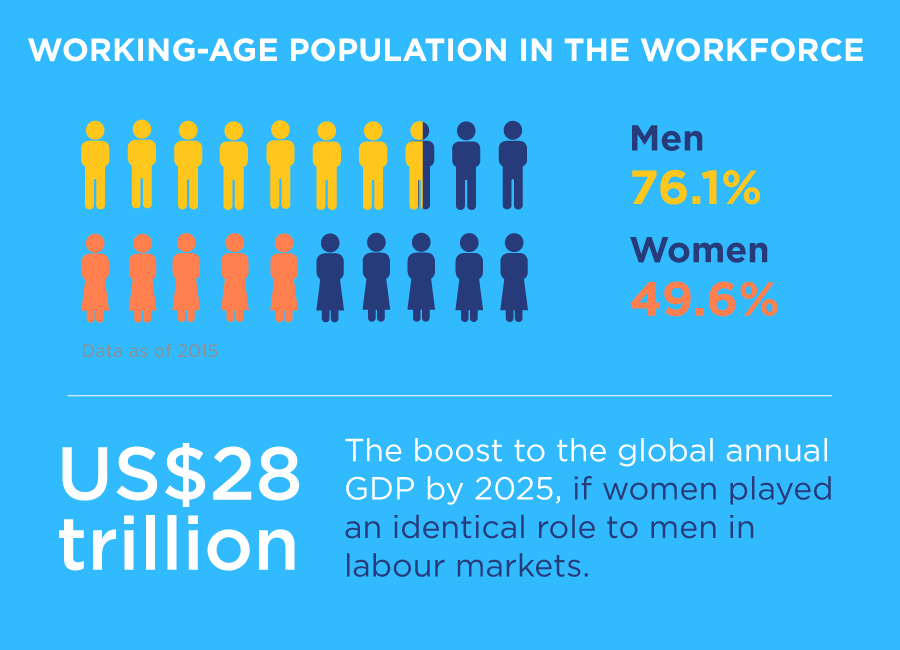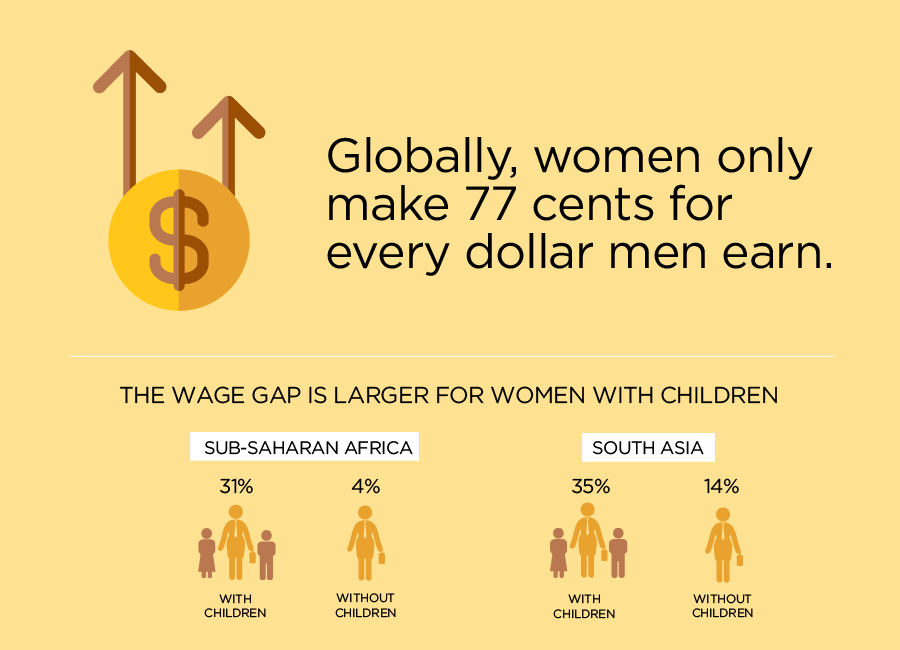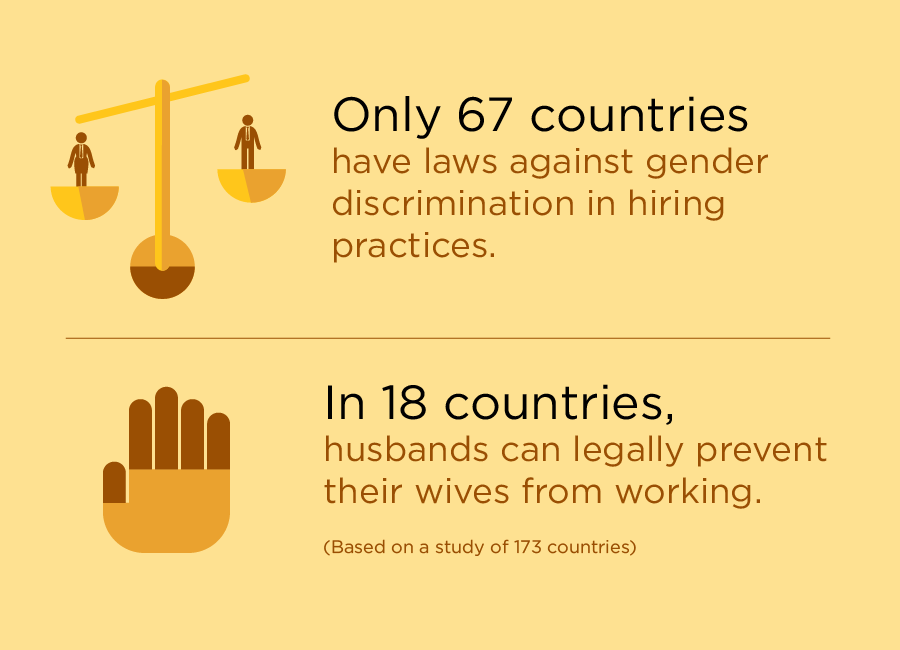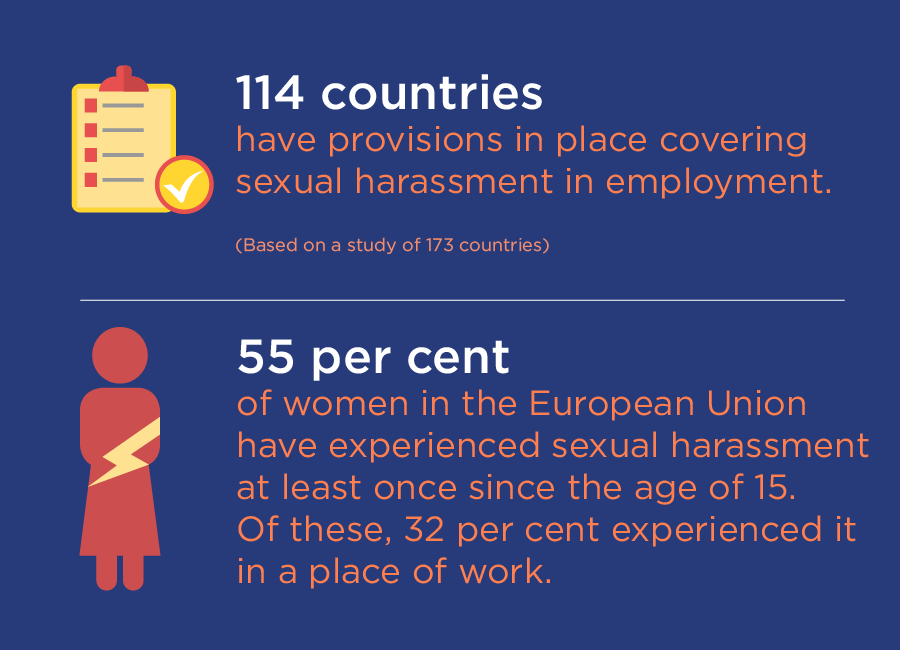![]()
What do we known about women and their plight in the course of our history?
March is declared the National Women’s Month in the Philippines in observance to the International Women’s Day which is celebrated globally. The Proclamation No. 224 s. 1988 bespoke of the first week of March as the Women’s week and March 8 as the Women’s Rights and International Peace Day. But is declaring March as Women’s Month enough to encourage and uplift women in our country? Is it the solution to end the inhumane plight of women in the various parts of this country?
According to the UN Women Watch, even with the improvement in the services and rights of women all over the world, developing countries like the Philippines tend to experience varying amount of violations against women. This is true especially to women and girls in the rural regions that are sustaining under agriculture and fishery.

The divide in the women’s privileges and right go beyond the rural. In the labor force for example, there is a larger percentage of men than women. Women are most likely under the non-compensated labour force which we commonly denote at the domestic labour of which their efforts aren’t paid as workers of the household. They are most likely to be unemployed. This does not given women the right to rightfully finance their needs such as advanced education, healthcare, and personal development. Most women who’s integral in the workforce on the other hand delay their professional development typically due to childbirth, child rearing, or child education. It is estimated that if a larger number of women are to be allowed to work in fields similar to men, their efforts can increase the global annual GDP by US$28 Trillion by 2025.


Brushing aside the domestic service inequality between women and their counterparts, the world saw the rise of women in leadership. But this rise is slow if we think about how long the women struggle has been under works in our history. Up until today, women play mostly in the service sectors most similar to domestic services. Women has been less likely to be seen in industry and agriculture and in political and business leadership.
This disparity even became more apparent as women in the workforce often receive lesser compensation than men. In a global scale, women will most likely to receive 25-30% less than men. In developing countries, women with children will most likely receive less than single working women. In average, women earn about 77 cents for every dollar a man earns.


In most countries up until the recent history, women are prevented by men or their partners from ever getting a job even if they too are well educated and skilled. In Pakistan for example, their is a rise of women who are graduates of high paying degrees like Medicine and Law but the limitations brought about by their labour laws and traditional and religious laws tend prevent them from fully working. Many of them became trophy wives and some families even use their daughters’ education to get them influential or high earning husbands. This practice does not only promote the domestic delegation of women but also increases the hand of men in preventing their wives from truly earning for herself. This often leads to women having less to no financial and health security when they get old. These security services such as pension and geriatric healthcare is important for both sexes, but women are less likely to receive such.


In the rise of cases of violence towards overseas Filipino workers working in middle east nations, we are driven to think about the conditions that they have to go through to send money to their families. An Indonesian woman died after she was forced to sleep in the out in the cold with the dogs in Singapore. A Filipino woman was seen in a freezer in Kuwait. She was said to have not contacted her family for four years. What more? There are just too many cases that has yet to be settled. Why is the vulnerability of women in overseas work too high? Most migrant domestic workers are women. While men are usually employed in well monitored industries as engineers, skilled workers, and cooks, women are subjected in the confines of the homes of their employers. Violence usually happen in these confines. In most cases, physical violence is inflicted by both men and women in the household, while sexual abuse is inflicted by men. Only a couple of countries provide complete provisions covering all types of violence against women.


How far are we in our struggle? We have gone quite far but the end to it is not on sight. Whether we face a leader who appreciates men who shoot bullets to women’s vaginas, a protective military who doesn’t understand women’s rights, or even CEOs who think that women do less, we have to stay our ground and do not wane in fighting for our rights. We are in an age that women can talk to men openly. They too can become our ally. They too can promote equality in gender and they too experienced inequalities.
We, as a nation, should remember that what we do to our women will also happen to our mothers, our daughters, and their future daughters. And it will trickle down to the last of our kind. Love, respect, and care are needed in both gender to fully grasp what it means to come out of a woman’s womb.
All infographics are taken from the UN Women Watch at www.unwomen.org. Please have time to visit them. They have an extensive statistics and information about women in various situation.
